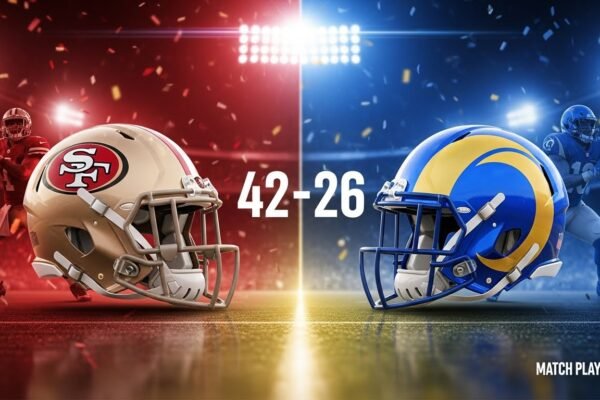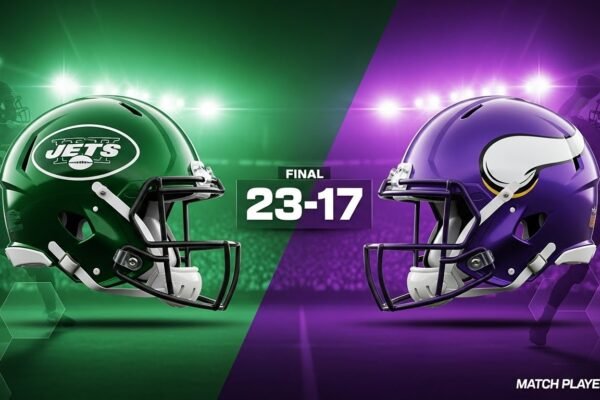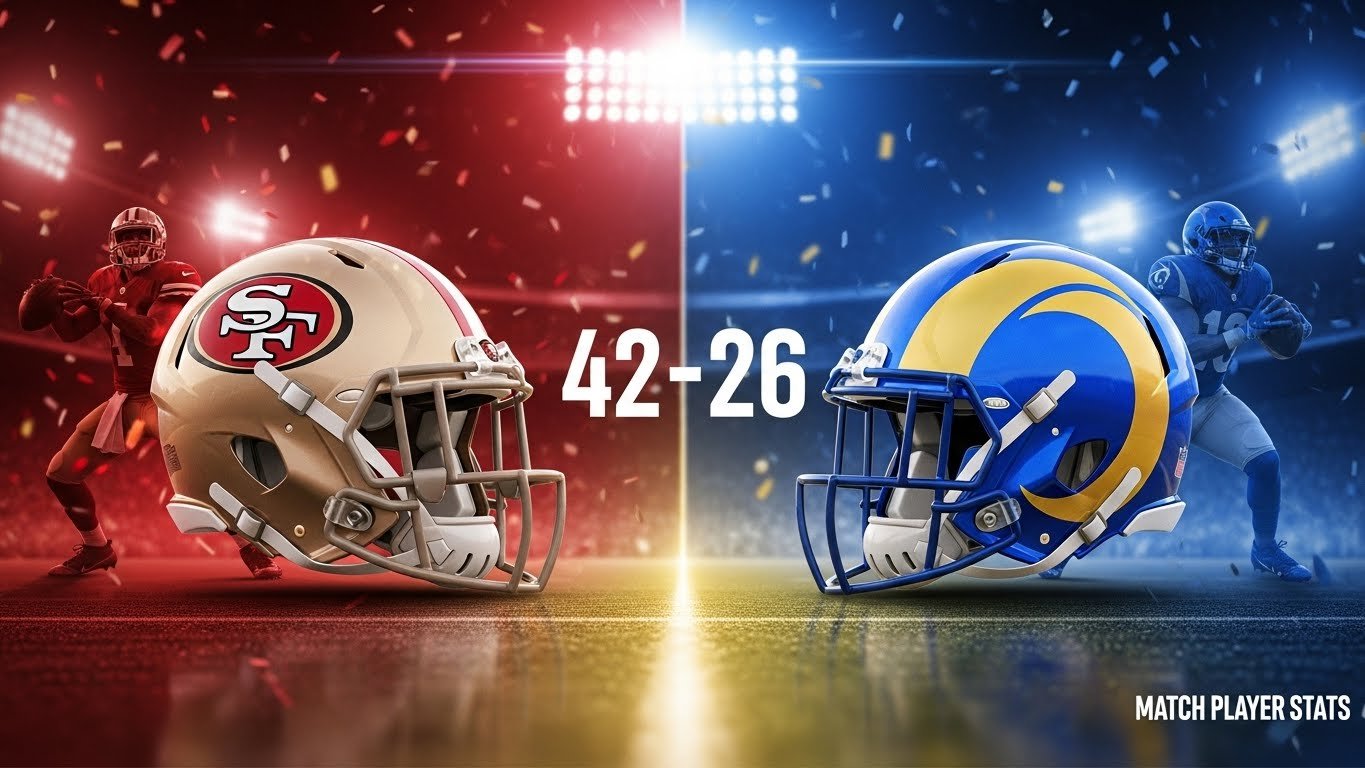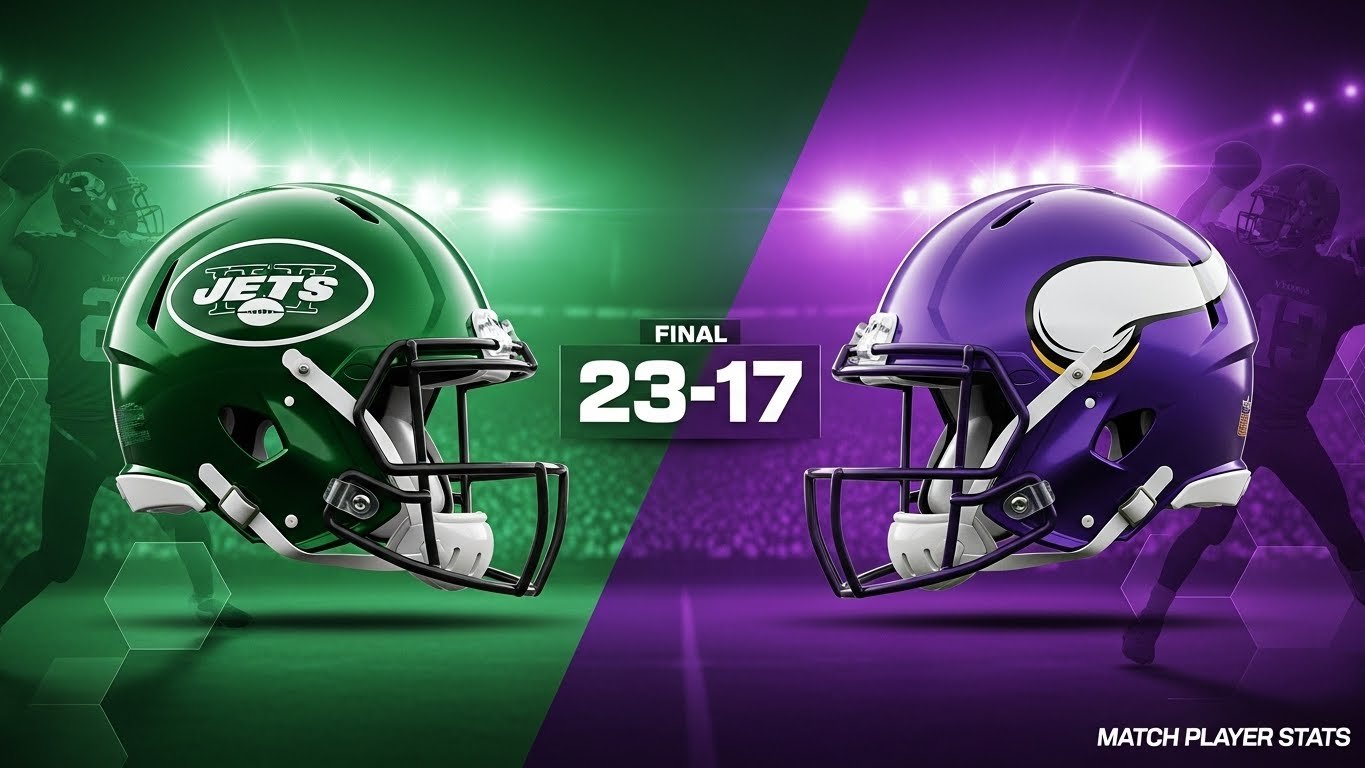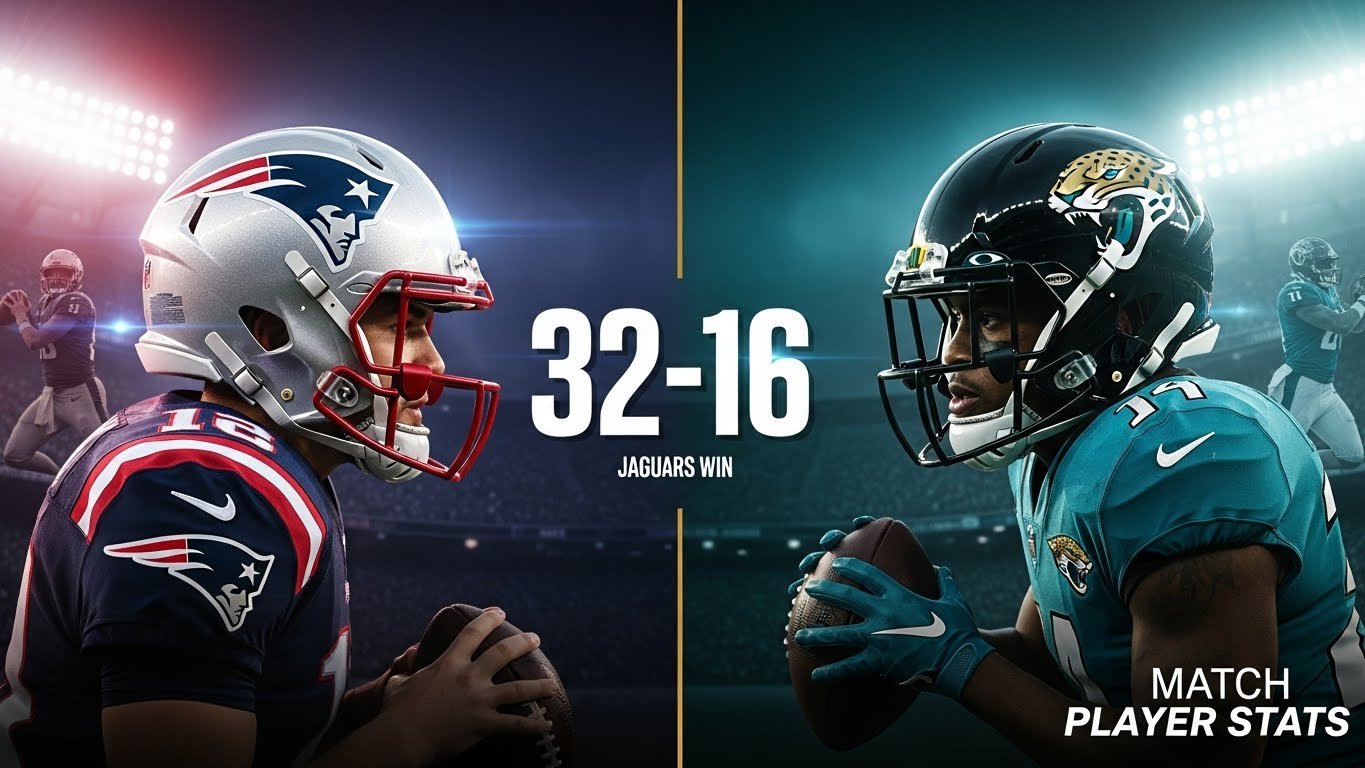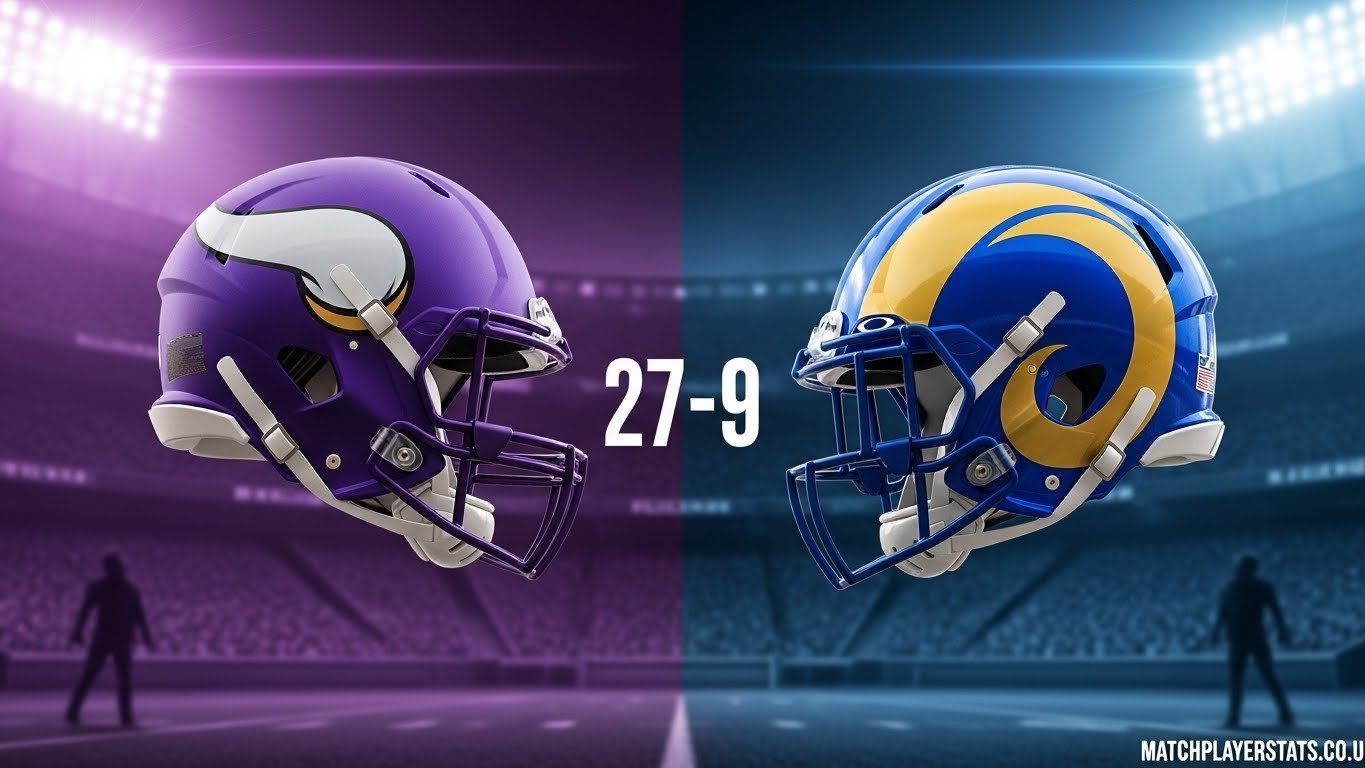Final Score: Philadelphia Eagles 40, Kansas City Chiefs 22
Date: February 9, 2025
Location: Caesars Superdome, New Orleans
Attendance: 65,719
Game Summary Stats
| Category |
Kansas City |
Philadelphia |
| Total Yards |
275 |
345 |
| Passing Yards |
226 |
210 |
| Rushing Yards |
49 |
135 |
| First Downs |
12 |
21 |
| Third Down Efficiency |
3/11 (27%) |
3/12 (25%) |
| Time of Possession |
23:02 |
36:58 |
| Turnovers |
3 |
1 |
| Sacks Allowed |
6 |
2 |
| Total Plays |
49 |
70 |
| Penalties |
7-75 |
8-59 |
| Red Zone |
1/1 (100%) |
2/3 (67%) |
Quarterback Stats
| Player |
Team |
Comp/Att |
Yards |
TD |
INT |
Rating |
QBR |
Sacked |
| Jalen Hurts |
PHI |
17/22 |
221 |
2 |
1 |
119.7 |
72.8 |
2-11 |
| Patrick Mahomes |
KC |
21/32 |
257 |
3 |
2 |
95.4 |
10.1 |
6-31 |
| Kenny Pickett |
PHI |
0/1 |
0 |
0 |
0 |
39.6 |
0.4 |
0 |
Quarterback Rushing:
- Jalen Hurts: 11 carries, 72 yards, 1 TD (Super Bowl QB rushing record)
- Patrick Mahomes: 4 carries, 25 yards, 0 TD
Rushing Stats
Philadelphia Eagles
| Player |
Carries |
Yards |
Avg |
TD |
Long |
| Saquon Barkley |
25 |
57 |
2.3 |
0 |
10 |
| Jalen Hurts |
11 |
72 |
6.5 |
1 |
17 |
| Kenneth Gainwell |
6 |
10 |
1.7 |
0 |
4 |
| Kenny Pickett |
3 |
-4 |
-1.3 |
0 |
-1 |
| Team Total |
45 |
135 |
3.0 |
1 |
17 |
Kansas City Chiefs
| Player |
Carries |
Yards |
Avg |
TD |
Long |
| Kareem Hunt |
3 |
9 |
3.0 |
0 |
6 |
| Samaje Perine |
1 |
8 |
8.0 |
0 |
8 |
| Isiah Pacheco |
3 |
7 |
2.3 |
0 |
6 |
| Patrick Mahomes |
4 |
25 |
6.3 |
0 |
8 |
| Team Total |
11 |
49 |
4.5 |
0 |
8 |
Receiving Stats
Philadelphia Eagles
| Player |
Targets |
Rec |
Yards |
Avg |
TD |
Long |
| DeVonta Smith |
5 |
4 |
69 |
17.3 |
1 |
46 |
| A.J. Brown |
5 |
3 |
43 |
14.3 |
1 |
22 |
| Jahan Dotson |
3 |
2 |
42 |
21.0 |
0 |
27 |
| Saquon Barkley |
7 |
6 |
40 |
6.7 |
0 |
22 |
| Dallas Goedert |
2 |
2 |
27 |
13.5 |
0 |
20 |
| Johnny Wilson |
1 |
0 |
0 |
0.0 |
0 |
0 |
| Team Total |
23 |
17 |
221 |
13.0 |
2 |
46 |
Kansas City Chiefs
| Player |
Targets |
Rec |
Yards |
Avg |
TD |
Long |
| Xavier Worthy |
8 |
8 |
157 |
19.6 |
2 |
50 |
| Travis Kelce |
6 |
4 |
39 |
9.8 |
0 |
13 |
| DeAndre Hopkins |
5 |
2 |
18 |
9.0 |
1 |
11 |
| JuJu Smith-Schuster |
2 |
2 |
16 |
8.0 |
0 |
11 |
| Hollywood Brown |
6 |
2 |
15 |
7.5 |
0 |
9 |
| Kareem Hunt |
1 |
1 |
5 |
5.0 |
0 |
5 |
| Isiah Pacheco |
2 |
1 |
5 |
5.0 |
0 |
5 |
| Noah Gray |
1 |
1 |
2 |
2.0 |
0 |
2 |
| Samaje Perine |
1 |
0 |
0 |
0.0 |
0 |
0 |
| Team Total |
32 |
21 |
257 |
12.2 |
3 |
50 |
Defensive Stats
Tackles Leaders
| Player |
Team |
Total |
Solo |
Assists |
| Drue Tranquill |
KC |
11 |
7 |
4 |
| Nick Bolton |
KC |
9 |
4 |
5 |
| Zack Baun |
PHI |
7 |
3 |
4 |
| Justin Reid |
KC |
7 |
5 |
2 |
| Josh Sweat |
PHI |
6 |
2 |
4 |
| Chamarri Conner |
KC |
6 |
3 |
3 |
Pass Rush Stats
| Player |
Team |
Sacks |
QB Hits |
TFL |
| Josh Sweat |
PHI |
2.5 |
3 |
2 |
| Milton Williams |
PHI |
2.0 |
1 |
2 |
| Jordan Davis |
PHI |
1.0 |
1 |
1 |
| Drue Tranquill |
KC |
1.0 |
1 |
2 |
| George Karlaftis |
KC |
1.0 |
1 |
1 |
| Jalyx Hunt |
PHI |
0.5 |
1 |
0 |
Interceptions
| Player |
Team |
INT |
Return Yards |
TD |
| Cooper DeJean |
PHI |
1 |
38 |
1 |
| Zack Baun |
PHI |
1 |
0 |
0 |
| Bryan Cook |
KC |
1 |
0 |
0 |
Special Teams Stats
Field Goals
| Kicker |
Team |
Made |
Attempts |
Long |
Points |
| Jake Elliott |
PHI |
4 |
4 |
50 |
16 |
| None |
KC |
0 |
0 |
— |
0 |
Elliott’s FGs: 48 yards, 29 yards, 48 yards, 50 yards
Punting
| Punter |
Team |
Punts |
Yards |
Avg |
Inside 20 |
Long |
| Matt Araiza |
KC |
6 |
311 |
51.8 |
0 |
60 |
| Braden Mann |
PHI |
2 |
96 |
48.0 |
2 |
53 |
Returns
| Player |
Team |
KR |
KR Yards |
PR |
PR Yards |
| Nikko Remigio |
KC |
3 |
84 |
1 |
5 |
| Cooper DeJean |
PHI |
0 |
0 |
3 |
27 |
| Will Shipley |
PHI |
1 |
25 |
0 |
0 |
Turnovers
Kansas City (3):
- Patrick Mahomes INT by Cooper DeJean – 38-yard return TD
- Patrick Mahomes INT by Zack Baun – Led to PHI TD
- Patrick Mahomes fumble recovered by Milton Williams – Led to PHI FG
Philadelphia (1):
- Jalen Hurts INT by Bryan Cook – No points scored
Scoring Summary
Philadelphia led 34-0 late in third quarter, 40-6 with under 5 minutes remaining. Key scores:
- Hurts 1-yard rushing TD
- DeJean 38-yard INT return TD (first player to record Super Bowl pick-six on birthday)
- A.J. Brown receiving TD
- DeVonta Smith 46-yard receiving TD
- Four Jake Elliott field goals
- Three Kansas City TDs in final minutes
Key Records and Milestones
- Jalen Hurts: 72 rushing yards (Super Bowl QB record)
- Patrick Mahomes: 6 sacks taken (career high)
- Cooper DeJean: First Super Bowl pick-six on player’s birthday
- Eagles: Held opponent scoreless through 9 possessions
- Time of Possession: PHI 36:58 (3rd highest in Super Bowl history)
Game Notes
- MVP: Jalen Hurts (PHI)
- Eagles defensive line generated 38.1% pressure rate without blitzing
- Chiefs denied historic third consecutive Super Bowl
- Eagles won second Super Bowl in franchise history
Additional Resources
